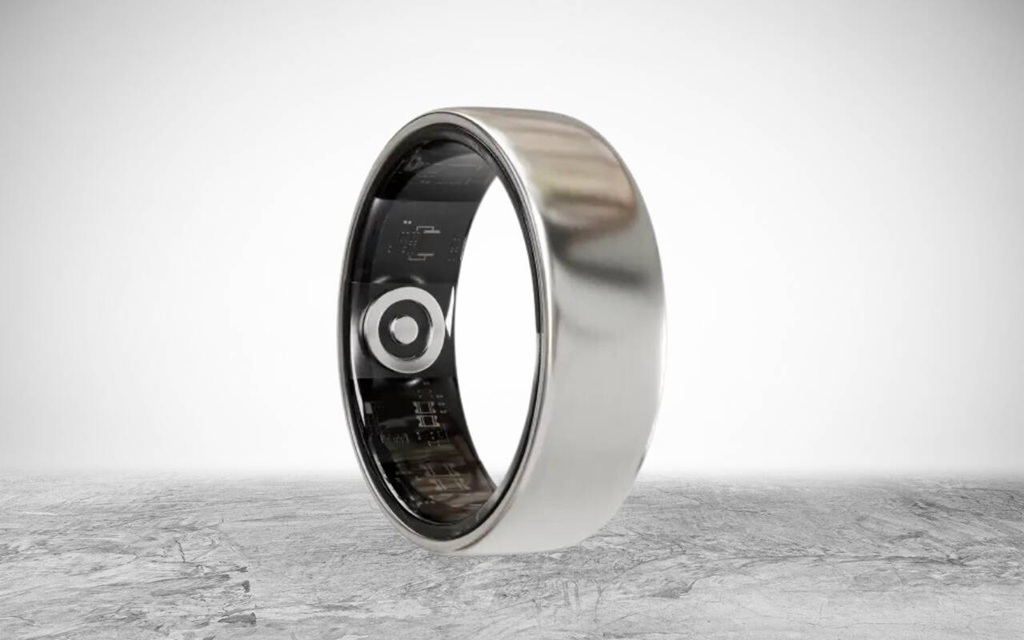Sleep gives relief and healing. Pain from a herniated disc often interrupts good rest. The body needs calm support during the night. Pressure on nerves can increase pain signals. Sometimes the wrong bed surface adds more stress. Simple changes in position can reduce pain. A relaxed body allows muscles to release tightness. The spine must stay aligned through the night. A proper sleep setup can make nights restful. Good rest helps the body recover faster. Here are all the options for a proper treatment that you would need to know.
Choosing the Right Mattress
A good mattress supports the spine evenly. The wrong mattress makes pressure points worse. A surface too soft can bend the lower back. A surface too firm can make pain stronger. The mattress must gently hold the curve of the back. A balanced feel brings comfort and safety. Sometimes testing a few types helps understanding of body needs. A foam layer may ease pressure on sore spots. A hybrid style can give balanced firmness. The right mattress keeps hips and shoulders in line. Good balance means less morning stiffness.
Positioning for Less Pain
Side sleeping helps many people at night. A pillow between knees keeps hips level. The spine stays neutral and calm. Back sleeping needs a pillow under knees. That position reduces lower back strain. Good support relaxes areas around the disc. A small rolled towel can fit under the waist. Sometimes a new position takes a few nights to feel right. Patience helps the body adjust slowly. Avoid lying on the stomach because it twists the back. Balanced posture keeps muscles from tightening around painful areas. Then there are other support options as well here.
Pillows and Small Supports
A supportive pillow keeps the head level. The neck should follow the line of the spine. A pillow too high can bend the neck. A pillow too flat can drop the head. The right shape gives steady comfort all night. Sometimes a memory foam pillow supports gentle curves. It molds softly around the neck and shoulders. Smaller cushions may go under arms or sides. These small supports stop rolling into painful angles. Good placement removes extra pressure from tender nerves. A calm frame leads to deeper rest and better healing.
Creating a Healing Sleep Routine
A quiet room invites deeper rest. Darkness helps the mind slow down. The body relaxes when breathing becomes even. Warmth brings comfort to sore muscles. Gentle stretches before bed ease stiffness. Sometimes soft music or steady breathing helps the body settle. Small routines train the body for rest. Proper support becomes part of each night. The focus must stay on comfort and alignment. Consistent habits improve quality of sleep and recovery. Good sleep is an important part of Herniated disk treatment. Night after night the body learns balance again. Each morning feels lighter and less painful. Healing begins with patience and steady care.






